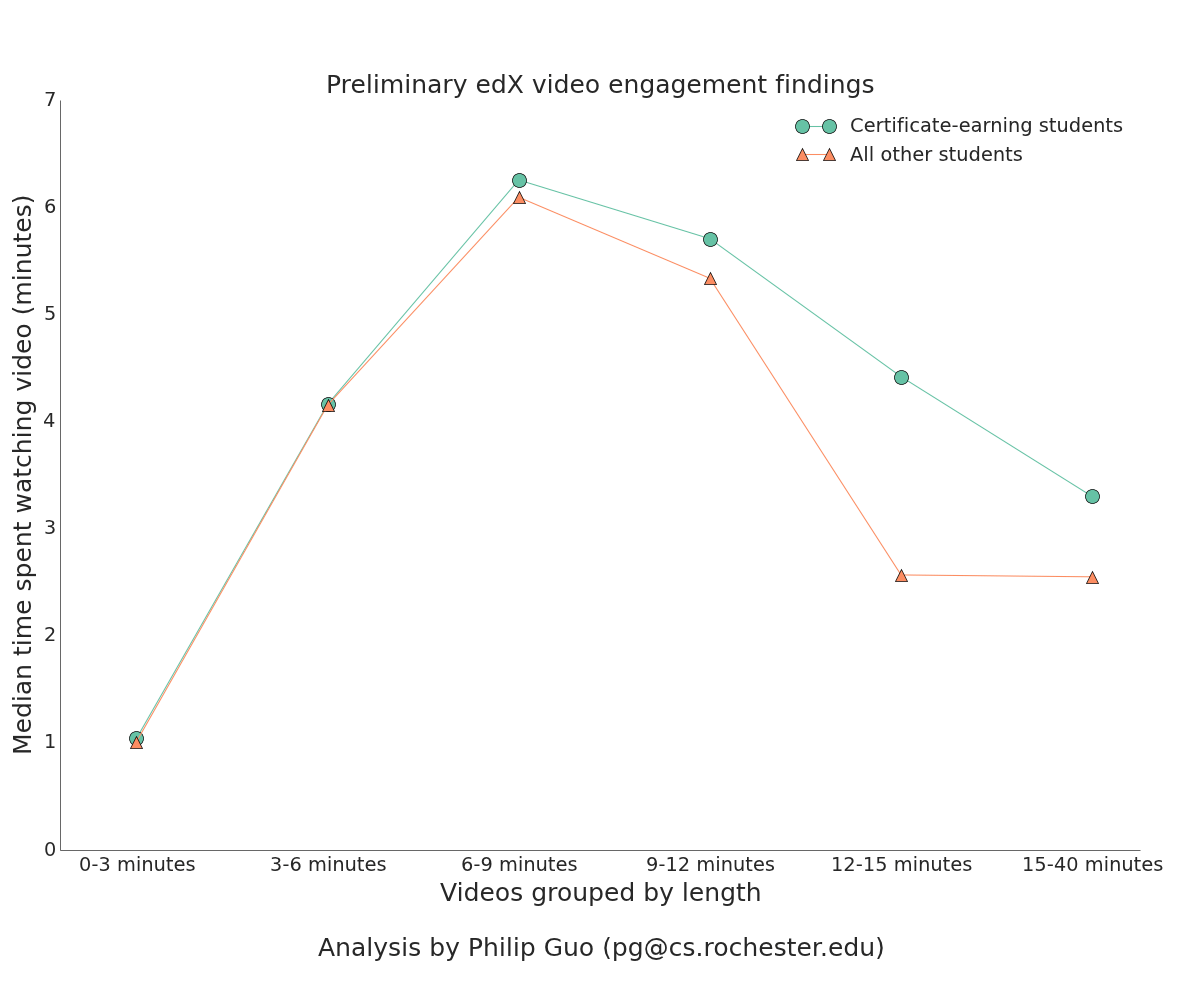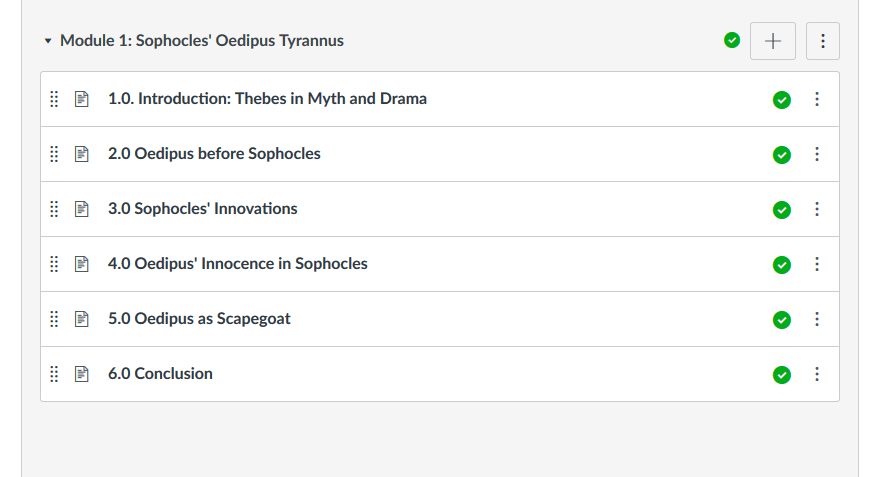What is “chunking”?
“Chunking” just refers to breaking down a large piece of content into smaller segments that are easier for learners to engage with than a big, undifferentiated whole. Obviously, we do this all the time already. This page, for example, has been chunked into subtopics that are divided up by headings. And, when you deliver a lecture to students, you probably already give thought to how you’re organizing subtopics and introducing them to students.

When you put content online, it should be chunked out carefully and thoroughly. Instead of uploading video of one hour-long lecture that treats several important topics, for example, you might upload six ten-minute videos that treat one important topic each. On this page, we’ll explore how and why you can chunk your content.
Why chunk?
There are some good reasons that you should be thinking carefully about chunking your content:
- It’s better for you, the instructor.
- Chunking could help make your content better. When you chunk your content into individual segments, you think carefully about the quality and logic of each of the pieces, how they make sense in themselves and how and where they fit into a whole. So it may help you revise and improve your content.
- Chunking makes your content more manageable for you. If you want to make updates to pieces of a lesson, you can update or supplement the individual segments that need changes, instead of redoing the entire thing. Or if you think something is missing, you can add a new segment in; if you think something isn’t needed, you may be able to just cut the segment out. Also, you may be able to reuse the individual pieces in other projects.
- It’s better for the students
- Chunking makes your content more manageable for students. Think of it like a really good table of contents. When students want to refer back to a particular topic, they don’t need to dig through a 60 minute lecture; the pieces are already laid out for them.
- Chunking better fits how students learn. There’s been much research over the years about student attention spans and how even in face-to-face lectures they can wane after just 10 minutes. In online classes, the research indicates that shorter is better when it comes to student engagement with video: in terms of absolute minutes–not percentage–students will watch more of a 10 minute video than a 60 minute video (the sweet spot for length may be about 6 minutes). This chart from Philip Guo’s research illustrates this phenomenon (see the full article).
 This isn’t just students being lazy or inattentive; it’s how our brains work. Clearly there are limits on how much new information we can keep in memory and manipulate. For example, we can deal with a list of five random numbers in a way we can’t a list of ten. So chunking out your content into smaller units makes it easier for students to engage with, and more likely that they will engage with it.
This isn’t just students being lazy or inattentive; it’s how our brains work. Clearly there are limits on how much new information we can keep in memory and manipulate. For example, we can deal with a list of five random numbers in a way we can’t a list of ten. So chunking out your content into smaller units makes it easier for students to engage with, and more likely that they will engage with it.
How to chunk?
How you chunk out your content is going to depend on the learning objectives, the technologies you’re using, your content, and how students are accessing it. Here are just a few possibilities to consider.
- Chunk by topic. This is the easiest scenario: if your content treats several discrete topics, each topic can be a chunk.
- Chunk by evidence, emphasis, or approach. Look for places where you treat the same topic in different ways. For example, if you discuss theory and then application, you may be able to have one chunk on theory and then one on practice.
- Chunk by what students might expect or need. As mentioned, one of the benefits of chunking is that it makes material easier for students to consult. When you are thinking about how to segment your content, also consider how students might approach it. Are there parts that students will want to consult frequently? Are there parts that are particularly hard and could demand multiple viewings? Maybe those parts should be individual chunks, so that students can find them and go through them more easily.
Other considerations:
- Try to keep chunks under 15 minutes. This isn’t always possible, but given how humans learn, students will find many shorter chunks easier to engage with than few longer chunks.
- Treat each chunk as a mini-lecture. If you use PowerPoint, make a separate deck for each chunk. Briefly introduce the topic and how it relates to what came before, and conclude by summarizing what you discussed and what you’re going next
- Build in learning activities. Are there exercises or activities you want to insert between segments? Quizzes or discussions that could help students better learn the content?
In Canvas, your videos might look like this when chunked out:

More Resources
- We sometimes use a course design template like this one to plot out the chunks and activities in courses.
- Philip Guo’s study on video production and learning engagement gives some of the data above about optimal video chunk length
- UCF’s Teaching Online Pedagogical Repository gives more information about chunking